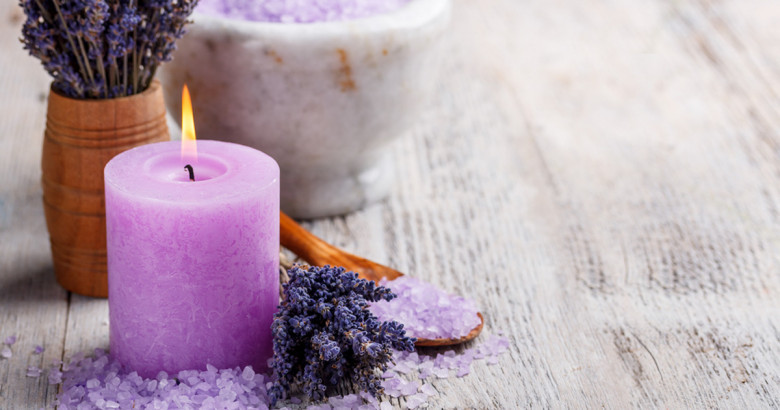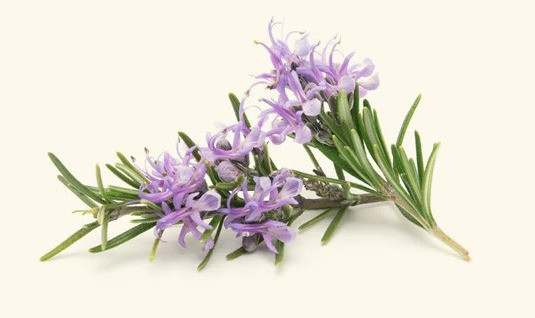views
Aromatherapy Solutions for Everyday Pain
Essential oils have long been used in traditional medicine systems for their therapeutic properties. Extracted from plants, flowers, and herbs, these oils offer natural ways to alleviate discomfort, reduce inflammation, and soothe muscle or joint pain.

In recent years, they have gained popularity as an alternative remedy for various types of pain—from headaches and arthritis to sore muscles and menstrual cramps. This article explores some of the best essential oils for pain relief and how to use them effectively.
1. Peppermint Oil
Peppermint oil is one of the most widely known and researched essential oils for pain relief. It contains menthol, which has a natural cooling effect and helps relax muscles while improving blood circulation. This oil is especially effective for headaches, migraines, and tension-related discomfort.
How to Use: Dilute a few drops with a carrier oil like coconut or jojoba oil and apply it to the temples, neck, or sore muscles. It can also be inhaled through steam or used in a diffuser.
2. Lavender Oil
Lavender essential oil is known for its calming and relaxing properties. It's also effective in relieving pain caused by muscle tension, headaches, and stress. Lavender oil can help reduce inflammation and improve sleep, which is crucial for pain recovery.

How to Use: Mix with a carrier oil and massage onto the affected area. You can also add a few drops to a warm bath or use it in a diffuser for stress-related pain relief.
3. Eucalyptus Oil
Eucalyptus oil is particularly helpful for joint and muscle pain due to its anti-inflammatory and analgesic properties. It works by increasing blood flow to the affected area and reducing pain-causing inflammation. It’s also great for respiratory issues, which can indirectly ease chest discomfort.
How to Use: Dilute with a carrier oil and rub into sore joints or muscles. Eucalyptus oil can also be added to a warm compress or inhaled for respiratory support.
4. Rosemary Oil
Rosemary essential oil has powerful analgesic and anti-inflammatory effects. It is commonly used for muscle aches, headaches, and arthritis. Additionally, rosemary helps improve circulation and can aid in quicker recovery from injuries.

How to Use: Apply topically by diluting with a carrier oil. It's also effective when used in a massage blend for sore muscles or added to a warm bath.
5. Ginger Oil
Ginger essential oil is warming and deeply soothing, making it perfect for chronic pain like arthritis, back pain, or muscle stiffness. It helps reduce inflammation and improve blood circulation, providing long-lasting relief.
How to Use: Combine a few drops with a carrier oil and massage into the painful area. Ginger oil blends well with other pain-relieving oils like turmeric and black pepper.
6. Chamomile Oil
Chamomile is known for its anti-inflammatory and calming effects. It’s useful for easing joint pain, sore muscles, and menstrual cramps. Roman chamomile in particular is gentle and suitable for sensitive skin.
How to Use: Add to a carrier oil and gently massage over the painful areas or use in a warm compress. Chamomile oil can also be added to bathwater for whole-body relaxation.
7. Frankincense Oil
Frankincense has been used for centuries for its healing properties. It’s excellent for relieving chronic pain, especially in conditions like rheumatoid arthritis. Frankincense reduces inflammation and promotes a sense of calm, which helps in managing both physical and emotional aspects of pain.

How to Use: Dilute and apply to the affected area. It can also be combined with lavender or myrrh oil for enhanced effects.
8. Turmeric Oil
Turmeric essential oil contains curcumin, which is well-known for its strong anti-inflammatory properties. It is highly effective in managing arthritis, joint pain, and even post-exercise soreness.
How to Use: Use with a carrier oil and apply to the affected areas. It can be part of a massage oil blend or used in aromatherapy for broader anti-inflammatory benefits.
Benefits of Using Essential Oils for Pain Relief
- Natural Anti-Inflammatory Properties
Many essential oils like turmeric, ginger, and eucalyptus help reduce swelling and inflammation, easing joint and muscle pain. - Muscle Relaxation
Oils like lavender and chamomile promote relaxation of tense muscles and can soothe cramps and spasms. - Improved Blood Circulation
Rosemary and peppermint essential oils enhance blood flow to affected areas, speeding up healing and reducing stiffness. - Aromatherapy Benefits
Inhalation of certain oils can trigger the brain to release endorphins, which naturally help reduce the sensation of pain. - Multi-Purpose Relief
Essential oils don’t just target one area—they can help with headaches, nerve pain, menstrual discomfort, arthritis, and general fatigue.
DIY Pain Relief Massage Oil Recipe
Ingredients:
-
5 drops peppermint essential oil
-
4 drops lavender essential oil
-
3 drops eucalyptus essential oil
-
2 drops rosemary essential oil
-
2 tablespoons of carrier oil (coconut, jojoba, or almond oil)

Instructions:
-
Mix all essential oils with the carrier oil in a dark glass bottle or small bowl.
-
Shake or stir well to combine.
-
Gently massage the blend onto sore areas like the back, shoulders, knees, or temples.
-
Use 2-3 times a day as needed.
Note: Always do a patch test before full application to check for sensitivity.
Tips for Safe Use:
-
Always dilute essential oils with a carrier oil (like coconut, jojoba, or almond oil) before applying them to the skin.
-
Do a patch test to check for allergic reactions.
-
Avoid sensitive areas like eyes, inner ears, and broken skin.
-
Consult a healthcare provider if you are pregnant, nursing, or have underlying medical conditions.
Conclusion:
Essential oils offer a natural, effective, and aromatic way to manage different types of pain. While they are not a replacement for medical treatment, they can complement pain management routines and improve quality of life. Oils like peppermint, lavender, eucalyptus, and ginger provide targeted relief and are easy to incorporate into daily self-care. With the right approach and proper usage, essential oils can become a valuable part of your natural pain relief toolkit.
https://www.vedaoils.co.uk





















Comments
0 comment